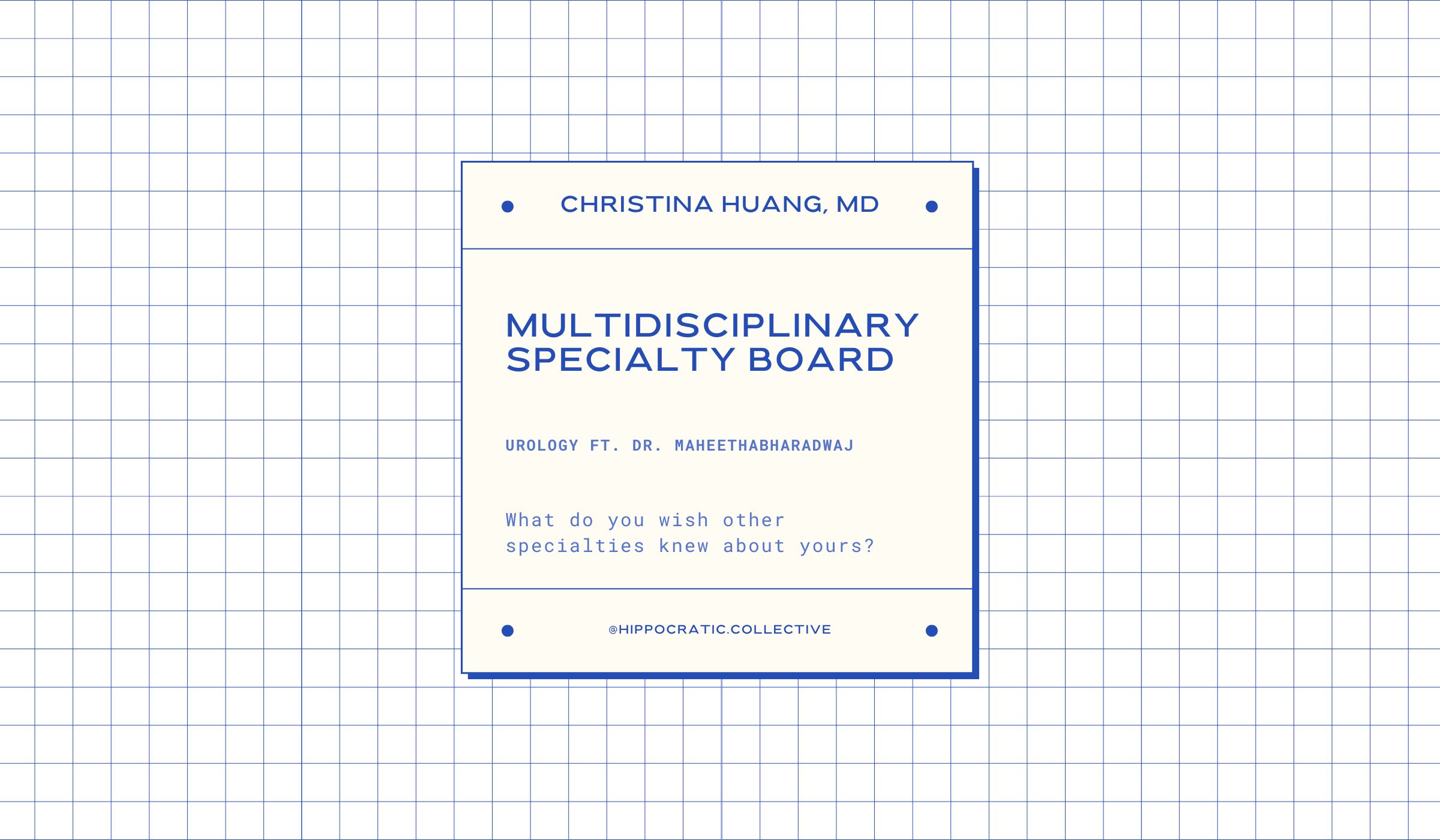Last week, I visited the International Museum of Surgical Science in Chicago to see their new exhibit, The Artistry of Plastic Surgery. It was a happy coincidence, arriving just days after the opening, while I was beginning to think about topics for this column. I was there for a metal show, fresh from writing about Sound of Metal, so I was in an unusually good mood for a surgical museum.
But what stayed with me wasn’t just the history or the artifacts; it was a profound reminder of a relationship that remains crucial in medicine: the interplay between trauma and surgical innovation, and the often-overlooked role of creativity and artistry in that process.
The exhibit’s framing puts it clearly:
“The devastation of the two world wars played a pivotal role in shaping the field of modern plastic surgery. In the early twentieth century, surgeons became artisans — suturing torn flesh like tailors mending fabric, reinforcing facial structures like carpenters restoring damaged frames. These groundbreaking reconstructive techniques laid the foundation for a discipline that would evolve beyond necessity into the realm of aesthetics.”
The world wars pushed surgical innovation to new frontiers. As more patients survived the injuries of war, surgery was no longer just about keeping someone alive. It became about restoring identity, dignity, and a sense of wholeness. Physical healing set the stage for psychological recovery, something we know today but was far less acknowledged at the time.
Yet, surgical innovation born from rejection of the status quo hasn’t always been met with recognition or reward. Medical history is full of pioneers who endured harsh criticism or personal hardship. One such pioneer featured at IMSS is Ignaz Philipp Semmelweis, whose antiseptic practices revolutionized maternal care. He was criticized and undermined in his time and died tragically, his contributions only fully appreciated later. This tension underscores how innovation is often accompanied by struggle not just for patients, but for the physicians and surgeons themselves.
The exhibit also highlights an important, often under appreciated aspect of surgical progress: the collaboration with artists and the central role of creativity. Surgical nurse Diana “Dickie” Orpen’s pen drawings and surgeon Henry Tonks’ pastels didn’t just document surgical procedures. They translated complex anatomy and reconstruction into a language surgeons could see and learn from. Their work underpinned the birth of plastic surgery, extended surgical knowledge, and helped surgeons develop a “visual sensitivity” that Harold Gilles deemed essential to the craft of plastic surgery.
This creative partnership contrasts sharply with aspects of contemporary medical education, where creativity and artistry can be undervalued or sidelined in favor of technical proficiency and standardized protocols. The pressure to conform, to focus narrowly on measurable outcomes, can unintentionally dampen the intuitive, artistic approach that once helped surgeons innovate and connect deeply with their patients. See Mel Thacker’s piece, The Impossible Oath for more on this.
In the high-pressure surgical world, it’s easy to lose sight of this artistry. It demands focus on protocols, outcomes, and efficiency, sometimes at the expense of subtle human details: the careful realignment of a tattoo, the extra moments spent on a closure to reduce scarring, the thoughtful communication that honors a patient’s lived experience. Investing in artistry means investing in greater humanity, for patients and surgeons alike.
Hippocratic Collective understands this disconnect and is actively working to restore that vital connection between art and medicine to bring back its humanity. After all, it is in this space between science and creativity where healing transcends technique and becomes truly transformative.
As more people survive injuries once deemed unsurvivable, the surgeon’s role increasingly encompasses more than physical repair. They become collaborators in their patients’ psychological recovery, sculptors of identity and resilience. We demand a return to that artistic sensibility. Not just for aesthetic reasons, but to fully honor the human being behind every scar, and the human beings who must leave them.

.jpg)
.jpg)

%20(1).jpg)